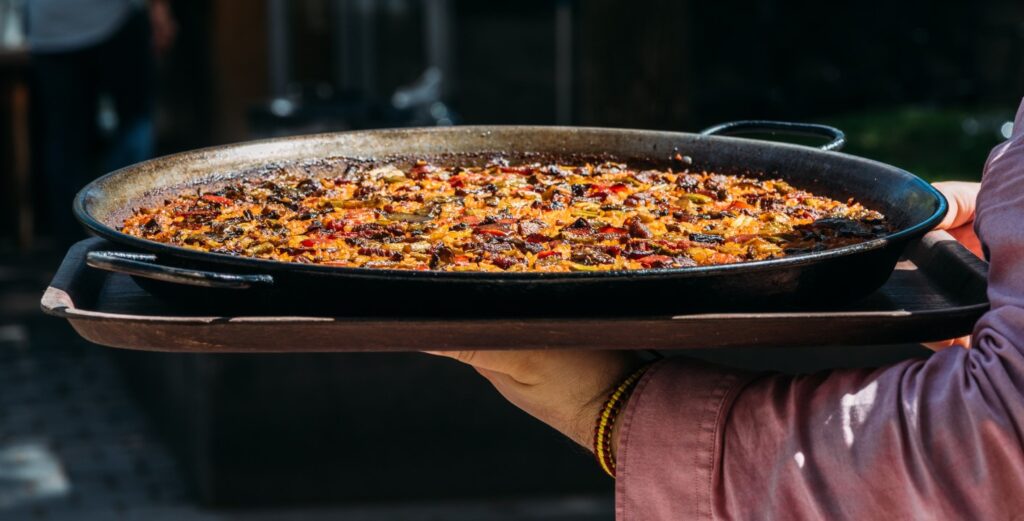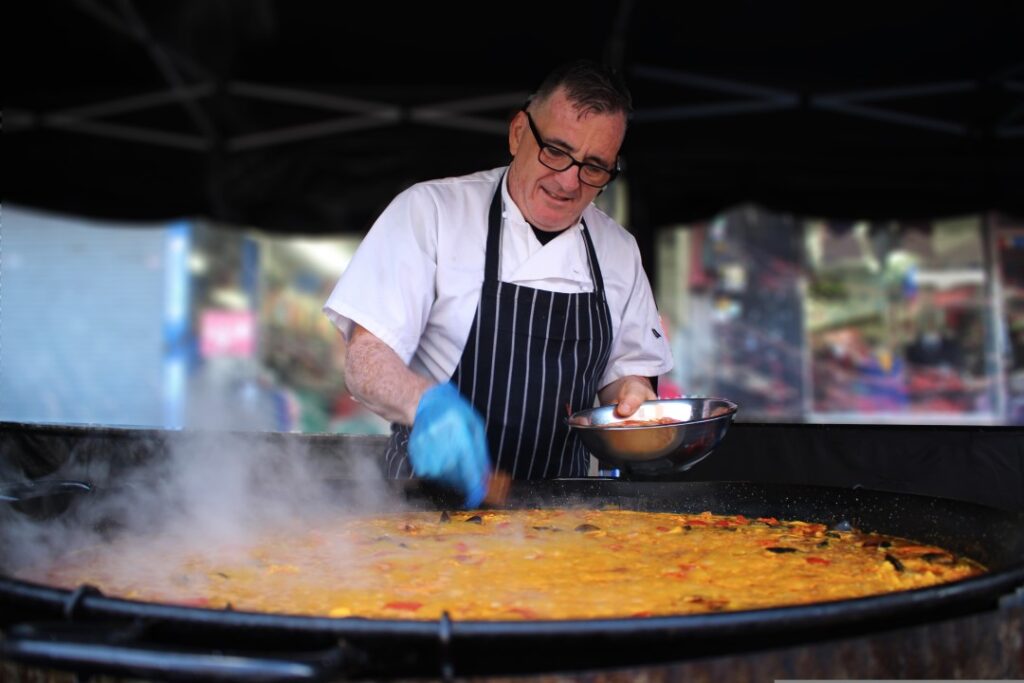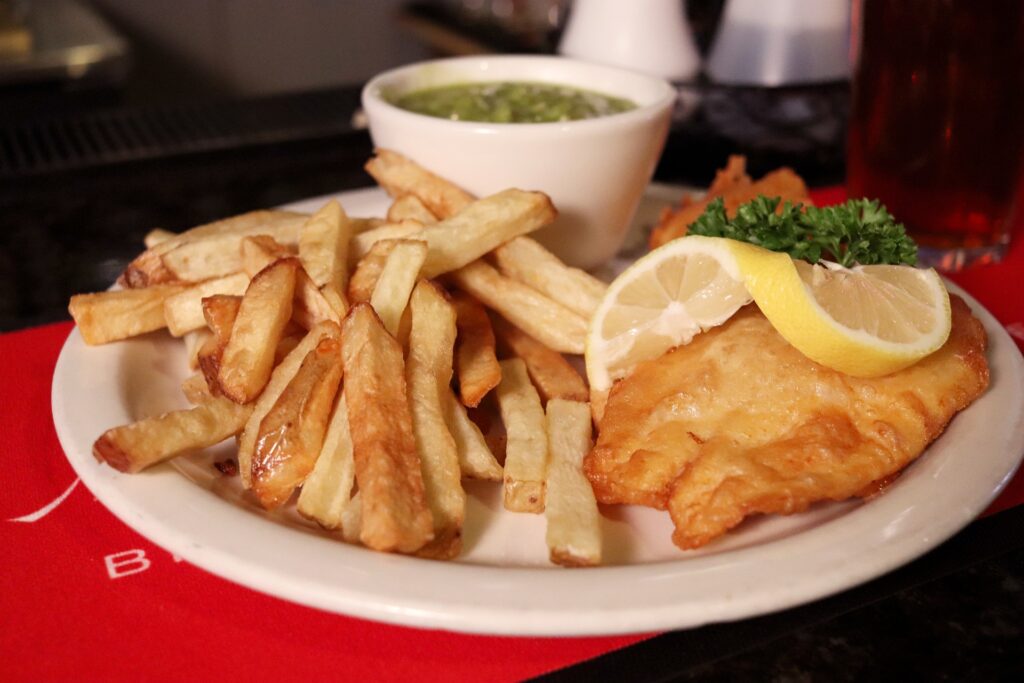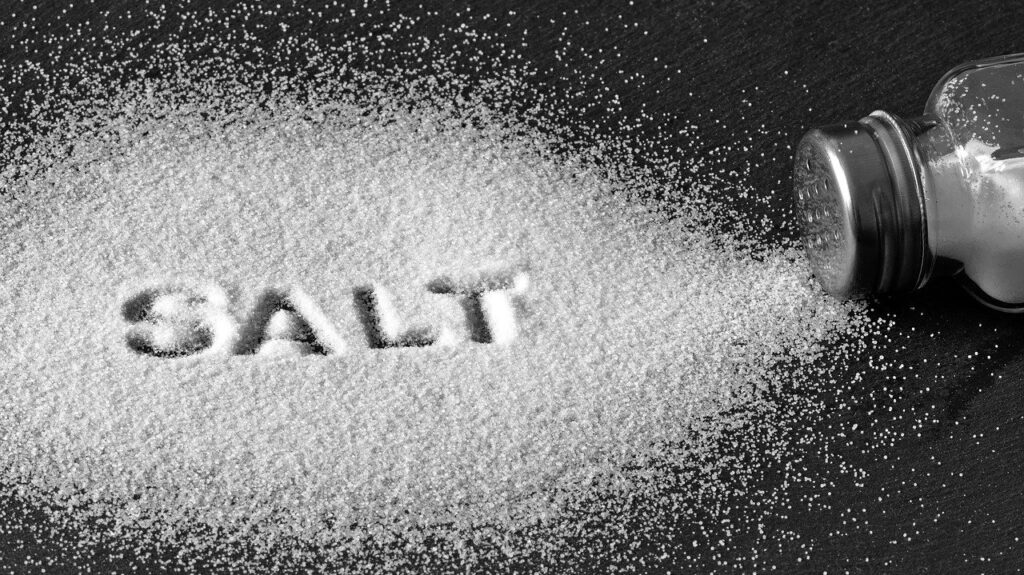A Culinary Odyssey Through Spain’s Timeless Treasure
Nestled along the sun-kissed shores of the Mediterranean Sea, Valencia, a region in Spain, is celebrated not only for its breathtaking landscapes but also for a culinary masterpiece that has captured the hearts and palates of people worldwide—the authentic Valencian paella. This iconic dish transcends its status as a mere meal; it is a living testament to the rich history, vibrant culture, and profound traditions of the region. The real paella from Valencia is more than a dish; it’s a culinary journey that encapsulates the essence of a diverse and dynamic region.
A Legacy Carved in History
The origins of paella are steeped in the traditions of the Valencian people, harking back to a time when farmers and laborers forged their meals from the bounty of the land. The dish’s name is derived from the pan it’s cooked in—a paellera—a shallow, wide vessel that epitomizes communal cooking. Paella was born out of necessity, a means to transform humble ingredients into a symphony of flavors that would sustain and nourish the Valencian people through their toils.
Harvesting the Flavors of the Land and Sea
At the heart of Valencian paella lies Bomba rice, a short-grain variety known for its ability to absorb flavors without losing its distinctive bite. This rice serves as the canvas upon which the dish’s intricate flavors are painted. The defining hue of paella, a warm and inviting golden, is achieved through the infusion of saffron—an ingredient as precious as gold itself. As the saffron threads dissolve in the cooking liquid, they release a deep ochre color that is as visually enticing as it is aromatic.
The Symphony of Ingredients
The symphony of Valencian paella unfolds in layers of flavor and texture, with each ingredient contributing to the culinary crescendo. Rabbit and chicken, seasoned and seared to perfection, establish a savory foundation that is simultaneously robust and nuanced. Fresh green beans and white beans provide a crisp and satisfying crunch, while the garrofó—a local bean variety—adds an authentic touch that speaks to the Valencian soil.
Paprika, or pimentón, is an indispensable ingredient, lending its earthy warmth to the dish. The combination of smoked paprika and saffron imparts a hypnotic aroma that envelops the senses. The gentle embrace of olive oil—liquid gold of the Mediterranean—ensures the dish is both tender and indulgent.
The Legendary Socarrat
Among the hallmarks of an authentic Valencian paella is the socarrat—a layer of rice that gently caramelizes and crisps at the bottom of the paellera. This coveted crust is the result of precise technique, requiring a delicate balance of heat and patience. The socarrat isn’t merely a culinary marvel; it is an offering of contrasts, a marriage of textures that elevates the paella to a new dimension.

Beyond Taste: A Sensory Experience
To prepare Valencian paella is to embark on a sensory journey that engages sight, smell, sound, and touch. The dance of flames beneath the paellera, the aromatic bouquet that permeates the air, the sizzling of ingredients as they meet the pan—all contribute to an experience that transcends the act of cooking. The rhythmic addition of broth and rice is a symphony of culinary expertise, a tribute to the generations that have refined and perfected the art of paella.
Variations of the “real” paella
The key characteristic of paella is the socarrat, and among the different variations of paella we can find the most traditional ones:
- Paella Valenciana: This is considered the original paella. It’s made with rice, chicken, rabbit, green beans, white beans, and sometimes snails. Saffron and paprika are essential seasonings that give the dish its characteristic color and flavor.
- Paella de Marisco (Seafood Paella): This version features a variety of seafood like shrimp, mussels, clams, and squid. It’s a popular choice in coastal areas.
- Paella Mixta: A combination of both meat and seafood, this paella is a compromise between Paella Valenciana and Paella de Marisco.
- Paella de Verduras (Vegetable Paella): This vegetarian option is made with a mix of seasonal vegetables, often including artichokes, bell peppers, and beans.
- Paella Negra (Black Paella): Made with squid ink, this variation has a striking black color and a distinct seafood flavor.
Cultural Heritage and Gathering
In Valencia, the act of sharing a paella extends beyond the culinary realm; it embodies the spirit of community and celebration. Families, friends, and neighbors gather around a paellera, forging connections and relishing the simple joys of shared dining. Festivals like Las Fallas provide a platform for showcasing paella, with competitions that highlight the craftsmanship and camaraderie of Valencian cooks.
Adaptations and Evolution
As with any culinary treasure, Valencian paella has adapted to the changing tides of time while honoring its roots. Variations like seafood paella, mixed paella, and vegetable paella have emerged to cater to evolving tastes and dietary preferences. These adaptations, rather than diluting the essence of the dish, serve as a testament to its enduring relevance and versatility.
Preserving a Culinary Legacy
The Valencian paella stands as a living testament to the region’s history, a testament that transcends ingredients and recipes. It encapsulates the toil of farmers, the ingenuity of cooks, and the warmth of shared moments. Every serving of paella is a tribute to the sun-soaked fields, the azure skies, and the hands that have lovingly stirred the rice.

In Conclusion: A Journey Through Time and Taste
The Valencian paella is more than just a dish—it’s a journey through history, culture, and the artistry of cuisine. It captures the essence of Valencia—the land’s bounty, the people’s resilience, and the soulful connection between food and community. In every fragrant spoonful, one can taste the sea breeze, feel the warmth of the sun, and hear the echoes of laughter from generations past. The authentic Valencian paella is not just a culinary treasure; it’s a testament to the enduring power of food to weave together the threads of time, memory, and taste.



